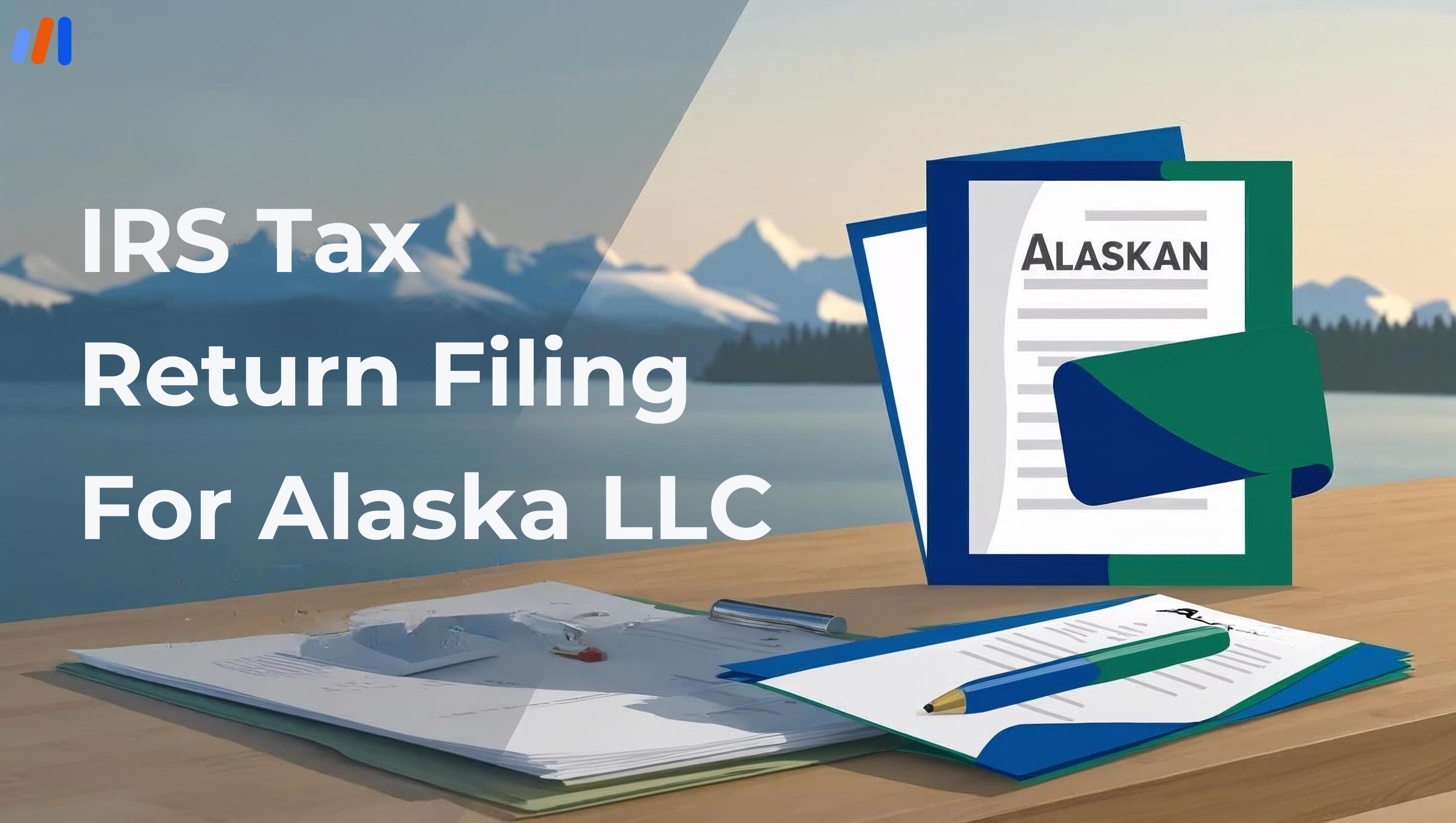Pre-seed funding is the first funding round a startup receives. It enables potential founders to convert an idea into a minimum viable product (MVP). This stage often requires some funding to test a business concept, conduct market analysis, and preliminary team formation.
Unlike later funding rounds, pre-seed funding is often casual and comes from personal networks or informal investors such as friends, family, angel investors, or startup incubators. This funding is small, but a startup needs to progress from being just an idea to a working business.
Understanding Pre-Seed Funding
Pre-seed refers to the financing done before any traction or revenue targets have been achieved at a startup. It’s literally the first money that jumps into a business to set it running. The range of pre-seed rounds varies between $10,000 to $500,000, depending on the type of business and its market potential.
It often includes the following characteristics:
- A concept or prototype of a business model
- An incomplete founding team
- Absence of product-market fit
In this case, the risk is more on the founder’s vision and passion rather than any financial analytics or forecasts.
Categories of Early-Seed Investors
There are multiple avenues of obtaining pre-seed funding, and they each have their own distinct value propositions.
1. Close Circle
This group of people represents the most basic and initial point of contact. Finances — or lack thereof — doesn’t matter as much here, as this type of funding is mainly based on trust. However, these investments should be formalized to prevent any misunderstandings down the line.
2. Angel Investors
Individuals with substantial wealth often allocate their finances to emerging businesses. Angel investors help financially, but they usually provide invaluable experience and mentorship within the industry.
3. Startup Accelerators and Incubators
Organizations like Y Combinator, Techstars, and Seedcamp provide remote working spaces alongside starter programs for newly founded companies. Additionally, they give small pre-seed funding in exchange for equity, mentorship, and access to a network of other startups.
4. Micro VCs and Early-Stage Venture Capitalists
Some micro VCs do specialize in funding businesses that are still in their idea phase. These investors expect a lot of growth from companies even at the concept stage.
5. Grants and Competitions
These funds, raised by the government through pitch competitions or using university programs, do not require the person to give away shares of their business and thus can serve as pre-seed capital.
Getting pre-seed funding requires one to be persistent and prepared in advance. Below are some of the key points to remember while attempting:
1. Validate Your Idea
An entrepreneur must ensure that a detailed market analysis is done even prior to seeking any sort of funding. The required steps to take include creating a value proposition canvas and analytics to check out the bounds, which are rarely tested.
2. Build a Prototype
The amount of funding an entrepreneur receives is subject to convincing the funders about the return on investment. It is, therefore, critical for anyone seeking funding to first develop a basic level version of the product, which could lower the risks associated with seeking funding.
3. Compelling pitch
Issues of the solutions and the details in the working deck should include
- Strong pitch deck
- Worth market
- Business layout
4. Networking Aggressively
Allow you to take advantage of the many relationships that exist across events within the startup, as well as marketing firms. You are also able to meet a funder and make the necessary connections on highly regarded platforms like AngelList and LinkedIn.
5. Use of Warm Interventions
Your chances of securing a funder meeting in a context with certain referrals become enhanced, because someone who cannot likely be in doubt is referred to you.
6. Be Ready for Negotiation
Capital funds can very well be exercised based on pre-seed stages. It is, therefore, paramount to make attempts at comprehending the cap table systems impact relaxed and accepting money.
What Purpose does pre-seed funding serve
Accepting the funding from seed investors, while it makes up the utility—
- Developing the product allows for aids of concepts to turn into a workable version or MVP.
- Research on Market: Analyzing target audiences and optimizing the value proposition.
- Legal organization: Incorporation, registration of trademark, and methods for protecting intellectual property.
- Preliminary advertisement: Beta testing or PR campaigns, and creation of initial webpages.
The focus is to establish sufficient traction or proof of concept to persuade seed investors for the next round.
Repercussions of No Pre-Seed Funding
Having no pre-seed funding can result in start-ups attempting to seek funds from higher-level investors without any of the lower-level financing. Doing this can severely affect one’s chances of receiving a return on their investment.
With no funding, an idea that would otherwise be put to renovation would be unable to be actualized. Therefore, without funding, the idea would remain on the drawing board. For starters, there can be a considerable reduction in the risk from a personal finance perspective. After this, there is a greater pace of development for the product with premature building.
Tail building, along with self-outcome, allows rapid validation available on the market. Lastly, the condensed invalidation resistance can be produced, enabling stronger initial momentum. All these kick-start validating the pr, or loading them with required funds.
Marketers lacking pre-seed funding will tend to attempt struggling many with receiving the additional funds at face value.
Stages in the fundraising for a startup are explained here:
- Founders who operate single-handedly or solo are the only way to navigate the pre-seed stage funding challenge, validating their idea.
- Seeking initial financial aid will undergo necessary verification for escalation to the next phase.
- Clap down attempting face add-ons while operating on specification-free, while waiting to expand and potentially gain revenue through shifts.
- Being set up comes hand in hand with a primary focus on penetrating the new business market with the aid of specialized gap funding and securing mutually from suppliers.
- Getting offered up with the use to draw out from acquired startups or offered ones for merger per the IPO deals limit set.
- Every depreciated portion builds forth a lavish spending boost received from investors receives marking on track to the exiting pass.
What’s the Difference Between Seed and Pre-Seed Funding?
While some use these terms interchangeably, they capture two different stages:
| Aspect | Pre-Seed Funding | Seed Funding |
| Stage | Idea/Prototype | MVP with traction |
| Investors | Angels, Friends, Accelerators | VCs, Super Angels |
| Capital Raised | 10K to 500K | 500K to over 2M |
| Use | Validate the idea and build an MVP | Scale MVP and find product-market fit |
| Revenue | Rarely Exists | May Have Early Revenue |
While pre-seed funding is centered around testing ideas, seed funding focuses on proving them.
When to Start Raising Pre-Seed Funding
The timing of fundraising for a pre-seed is crucial. Start raising when:
- You have a clearly defined problem and solution.
- Market validation or discovery interviews have been completed.
- You require external capital to build a working MVP.
- You have a founding team or are actively in the process of securing one.
Attempting to raise funds before you have the necessary clarity can severely damage your credibility.
Securing Pre-Seed Funding For Your Startup
These tips help increase your chances of getting pre-seed funding.
1. Know Your “Why”
Investors buy into missions, regardless of the domain. Having a powerful and emotional “why” is critical.
2. Find The Right Fit
Not all investors are created equal, and that’s okay. Seek those who already have experience in your given stage or sector.
3. Use Your Contacts
Warm introductions yield better results than cold emails.
4. Build in Public
Document your entrepreneurial milestones on social media and blogs. It generates buzz and interest from potential investors.
5. Track Metrics Early
Basic metrics such as email subscriptions and social media activity demonstrate traction.
6. Be Coachable
Adaptable entrepreneurs are more likely to be funded. Being agile with feedback shows in the learning process is very valuable.
Approach to Pre-Seed Stage Start-ups
One of the flows of activities leading to pre-seed funding is articulated as follows:
- Stage 1: Idea Conception: Identifying a problem and its possible solutions, and sketching primary drafts.
- Stage 2: Validation: Talking to potential users and customers, designing mockups, conducting surveys, and so on.
- Stage 3: Prototype: Making what is referred to as a Minimum Viable Product (MVP)
- Step 4 – Financial modeling: This is usually building the deck, telling the story, making investment documents, and financial modeling.
- Step 5 – Investor Outreach: This includes targeting and networking.
- Step 6: Negotiation: Equity splitting, discussing investment valuation, term setting, etc.
Funding Closure – Receiving funding and capital, followed by executing the plan developed earlier.
The above stages determine how funding will close, and I expect this can range anywhere from 3–6 months based on industry, team background, etc.
Common Problems & Possible Solutions
- Investors lacking assurance: Overcome this with detailed market research, good prototyping, and securing some endorsements from early customers.
- Team gaps: If you’re a solo founder, pair up with a co-founder who adds value to what you already have.
- No track record: Stress expertise related to the business and a well-defined implementation strategy.
- Limited capital: Explore non-dilutive capital sources such as grants, crowdfunded campaigns, or small business loans.
- Exhausted from pitching: Refine presentations until effective. Record and review internally to improve.
Pre-Seed Funding FAQs
Q1. What is the average range of equity being given away for pre-seed funding?
A: In most cases, founders give 5–20% equity for the pre-seed round of funding based on how much was raised and the company’s valuation.
Q2. Is a business plan necessary for obtaining pre-seed funding?
A: It is not compulsory, but one increases credibility significantly when attempting to obtain funding, and it indicates they have put a lot of thought into the whole process.
Q3. Is pre-seed funding essential for all startups?
A: No, there are startups that bootstrap or grow organically. Pre-seed funding is useful, but not a necessary step.
Q4. Is it possible to obtain pre-seed funding without a product?
A: Yes, but it is a lot harder. Having a prototype or MVP makes it easier for one to obtain funding.
Q5. Are there online tools to locate pre-seed investors?
A: Certainly, there are tools like AngelList and SeedInvest that are well known for helping locate investors, as well as Crunchbase and LinkedIn.
Conclusion
Seed funding helps turn dreams into actual products for many startups, serving as a fundamental requirement. It is more than just providing money. It is about refining your idea, surrounding yourself with a team, and positioning yourself for scalable growth.
With the correct approach, pre-seed funding can accelerate your startup’s growth, especially when combined with effective storytelling and relentless perseverance. Remember, it is the value you create that matters the most, not merely chasing investor funds. Always remember: investors back teams capable of executing and pivoting, not just concepts.
Investors focus on identifying primary gaps within the market and ruthlessly pursuing those opportunities.
If you are a new entrepreneur or you are further developing your startup strategy, mastering the intricacies of the pre-seed funding domain becomes essential for creating a flexible, sustainable, and fast-growing firm.
File Your LLC Today
25$ off with a coupon
Lock in EasyFiling's transparent rates and get lifetime compliance support at no extra cost.
Get Started Now








